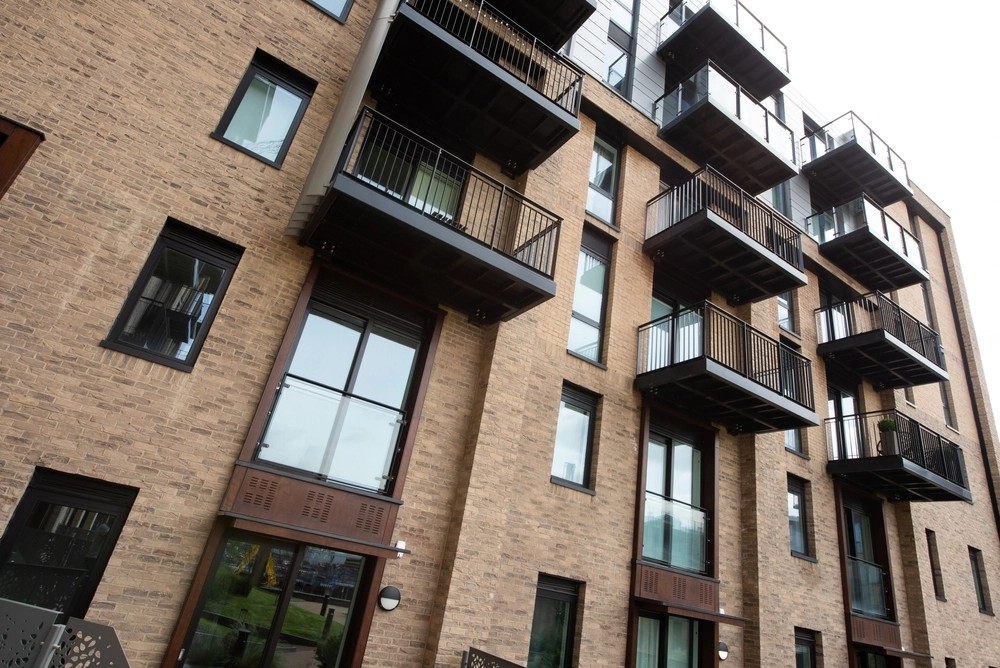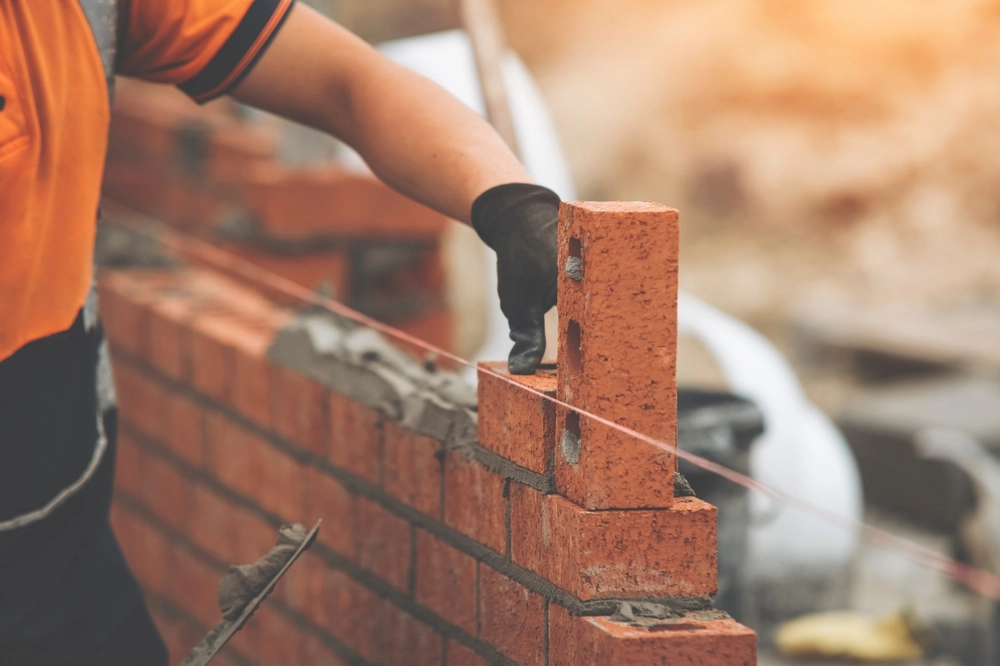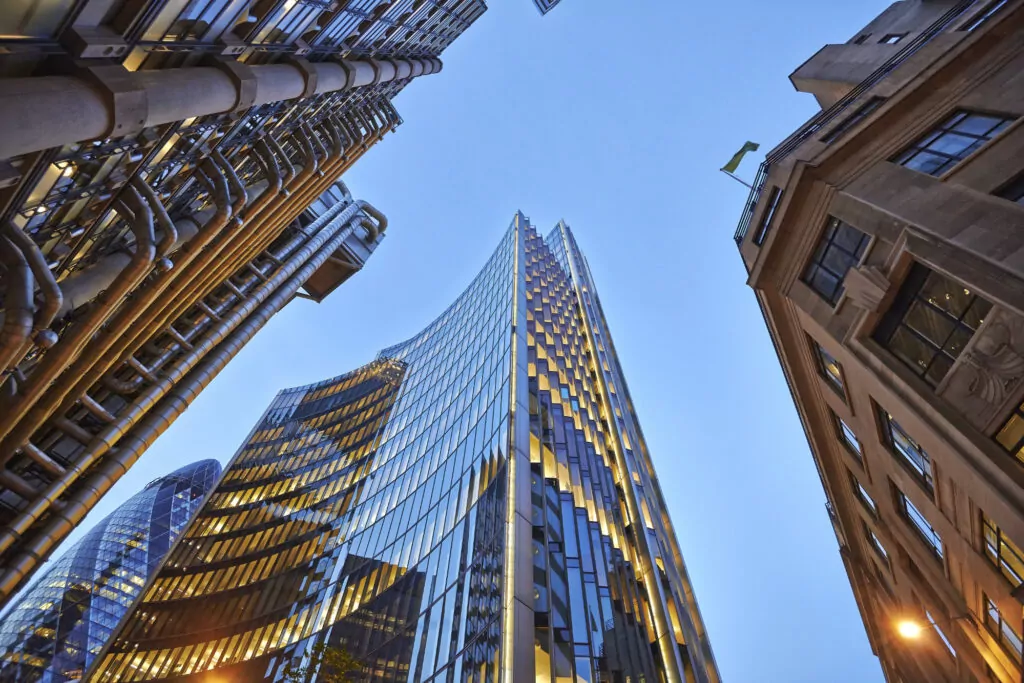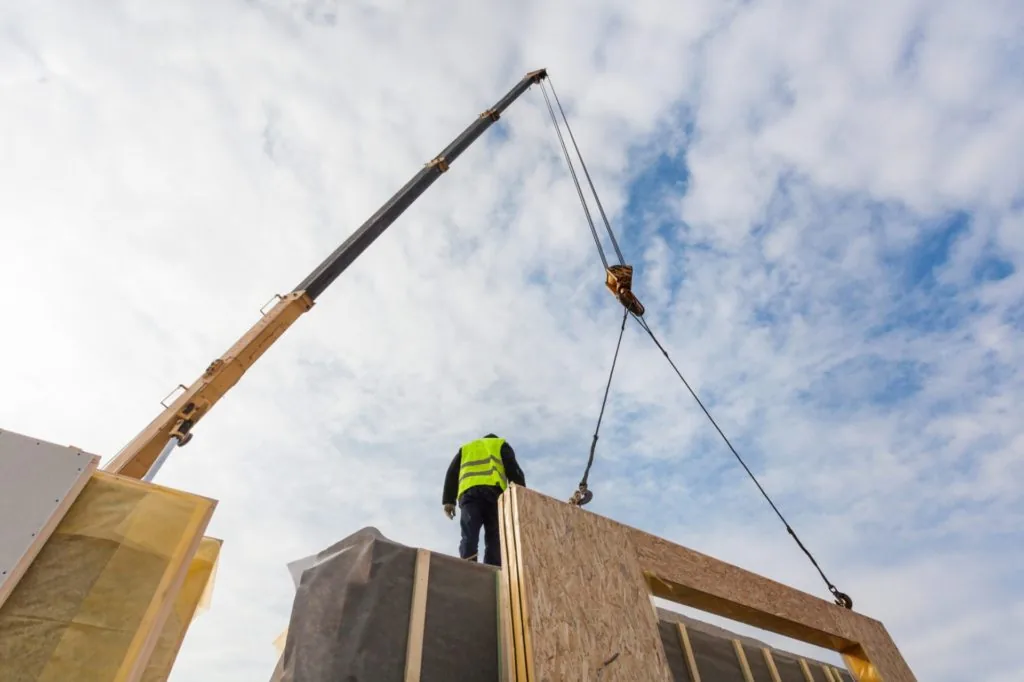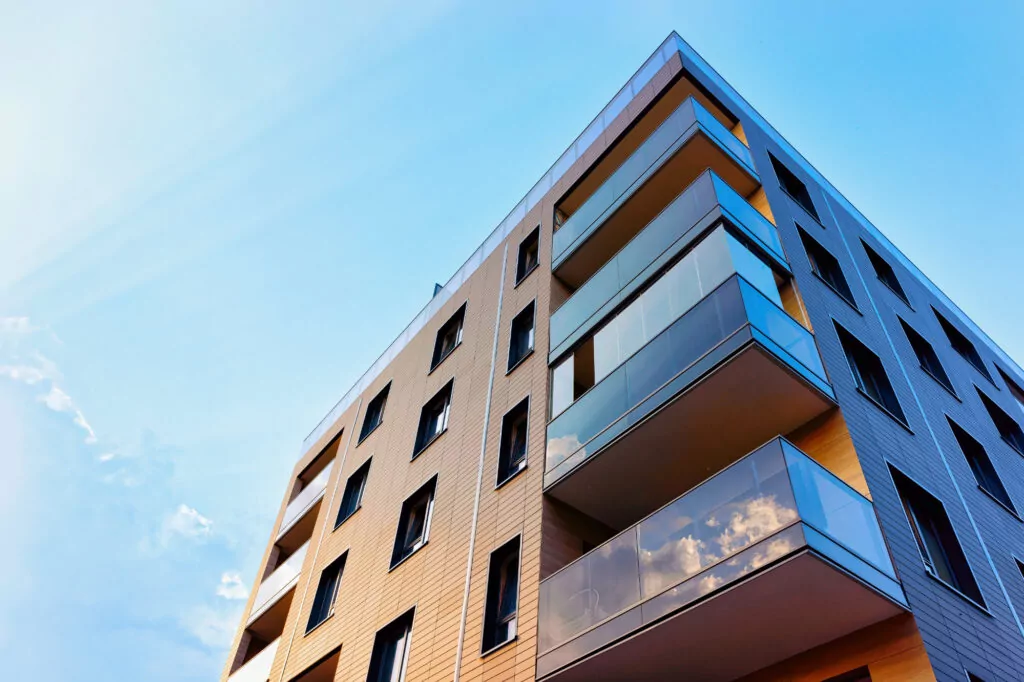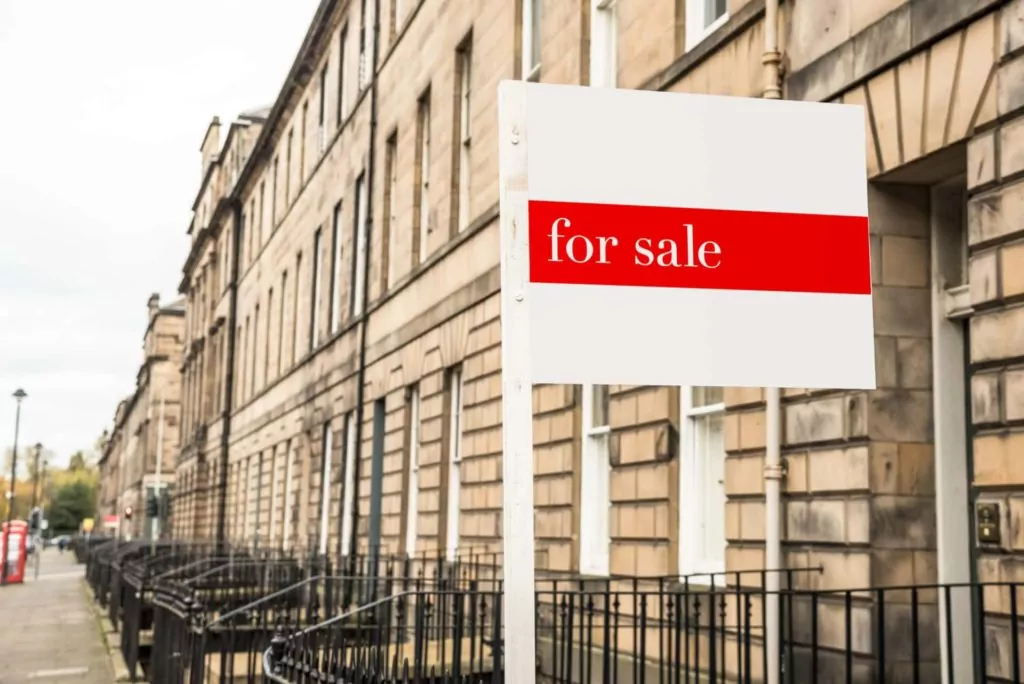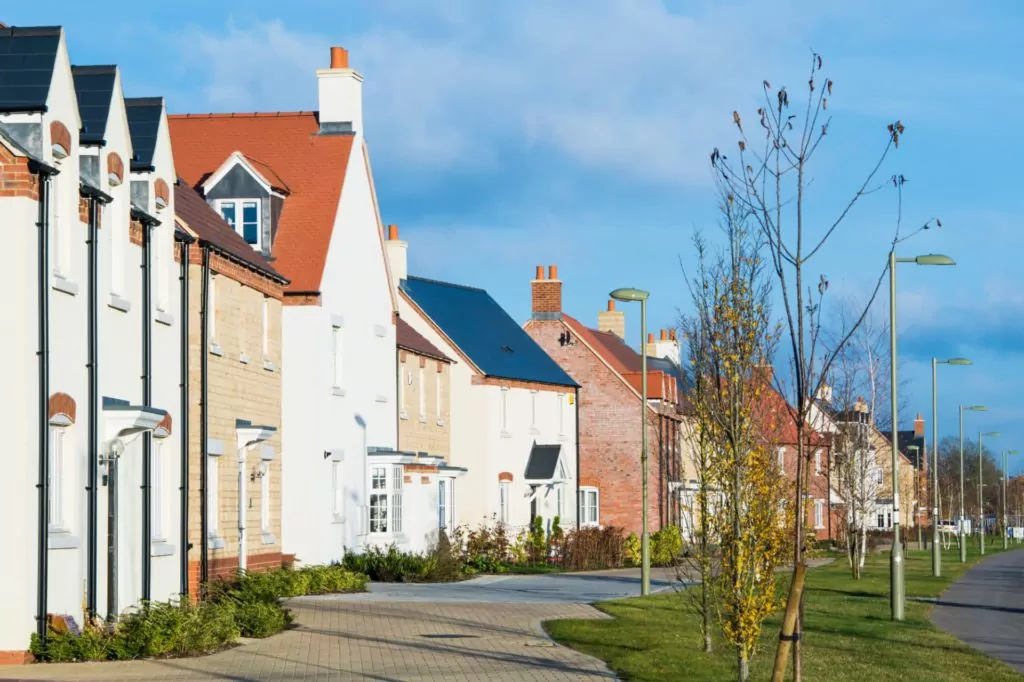
Different types of non-domestic buildings are subject to different business rates. The Valuations Office Agency ("VOA"), an arm of HMRC, values properties to calculate the applicable business rates.
First and foremost the VOA looks at the rental value of properties of a certain type, for example hairdressers, in a particular area. The VOA then takes a view on the average value per square metre for all hairdressers in that area on the open market. That average value will apply to all hairdressers, or properties in the same category as hairdressers, in that area.
If a property type isn't available to rent, for example because it has a specific design or function, the VOA will calculate its rateable value by looking at how much it would cost to replace a building of that type. Once the rateable value is established it is multiplied by a multiplier set by the government, to determine the total amount payable.
Exemptions and reliefs
Exemptions are available but only in fairly limited circumstances. The reliefs and exemptions are available dependent on the type, nature and use of the property and it is always worth seeking legal advice to determine whether a property qualifies but, broadly speaking, exempt properties can include:
- Agricultural land and buildings (unless used for commercial activities).
- Buildings used for the training or welfare of disabled people.
- Places of religious worship.
Reliefs also exist but, again, they are not widely available and legal advice should be sought to determine whether or not relief is available. Examples where relief may be available:
- Charities and amateur community sports clubs can apply for business rate relief of up to 80% if the property is used for charitable purposes.
- A rural rate relief may be available if a property is under a certain rateable value and is the only property of that type, for example, petrol station, pub, shop, or post office, in a rural area with a population under 3,000.
Empty Properties
If a property is empty business rates are not payable on it for the first 3 months. After that time extended empty property relief can apply in certain circumstances. Examples include:
- If a property is industrial, for example a warehouse, a further 3 month exemption may apply.
- If the property is a listed building or has a rateable value under £2,600 extended empty property relief will apply until the property is reoccupied.
- If the property is owned by a charity extended empty property relief will apply if the property's next use will mostly be for charitable purposes.
- If the property is owned by a community amateur sports club extended empty property relief will apply if the property's next use will mostly be as a sports club.
The 2017 changes to business rates
Periodically, and most recently in April 2017, the rate per square metre for each category of building is updated to reflect changes in the market and sector.
The changes made in April 2017 were met with a mixed reception. Whether or not the changes affected a business depended on the business' location and size and the reliefs seem to heavily favour small businesses. Indeed small business rate relief in England was doubled from 50% to 100% from 1 April 2017.
Although larger chains have seen rises and falls in rates in their different stores their rates have tended to balance out and offset each other. On the other hand small independent shops in prosperous areas have found themselves priced out of the market but tied into leases with years left to run.


